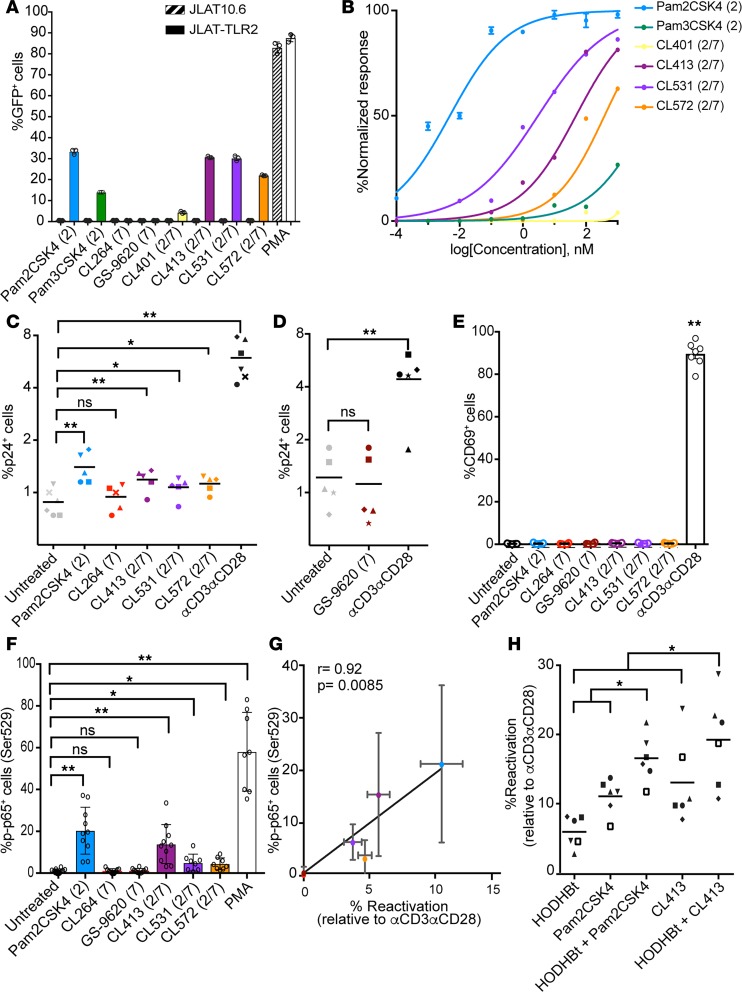Figure 1. Dual TLR2/7 agonists induce HIV reactivation in latently infected CD4+ T cells.
(A) Viral reactivation mediated by TLR agonists in JLAT10.6 and JLAT-TLR2. Data represent the mean ± SD of a representative experiment from 3 independent experiments performed in triplicate. (B) Dose-response of Pam2CSK4, Pam3CSK4, CL401, CL413, CL531, and CL572 ranging from 0.1 pM to 1 μM in JLAT-TLR2. Data represent the mean ± SD of a representative experiment from 3 independent experiments preformed in triplicate. (C and D) Reactivation of latent HIV in the Tcm model with IL-2 alone (untreated), IL-2 plus 1 μM of the indicated TLR agonist or αCD3αCD28 (n = 5). (E) Expression of CD69 in total isolated CD4+ T cells treated with the indicated TLR agonist or αCD3αCD28 (n = 3). Data represent the mean ± SD. (F) Percentage of p65 phosphorylation on serine 529 in memory CD4+ T cells after 15 minutes of stimulation with the indicated TLR agonist or PMA (n = 8–10). Data represent the mean ± SD. (G) Spearman’s correlation of the levels of phosphorylated p65 with the normalized reactivation levels in the Tcm model. Data represent the mean ± SD. (H) Reactivation of latent HIV in the Tcm model induced by HODHBt at 100 μM alone or combined with 1 μM Pam2CSK4 or 1 μM CL413; values were normalized relative to αCD3αCD28 (n = 6). *P < 0.05, **P < 0.01 by 2-tailed Wilcoxon’s matched-pairs signed-rank test for all comparisons. ns, not significant.

